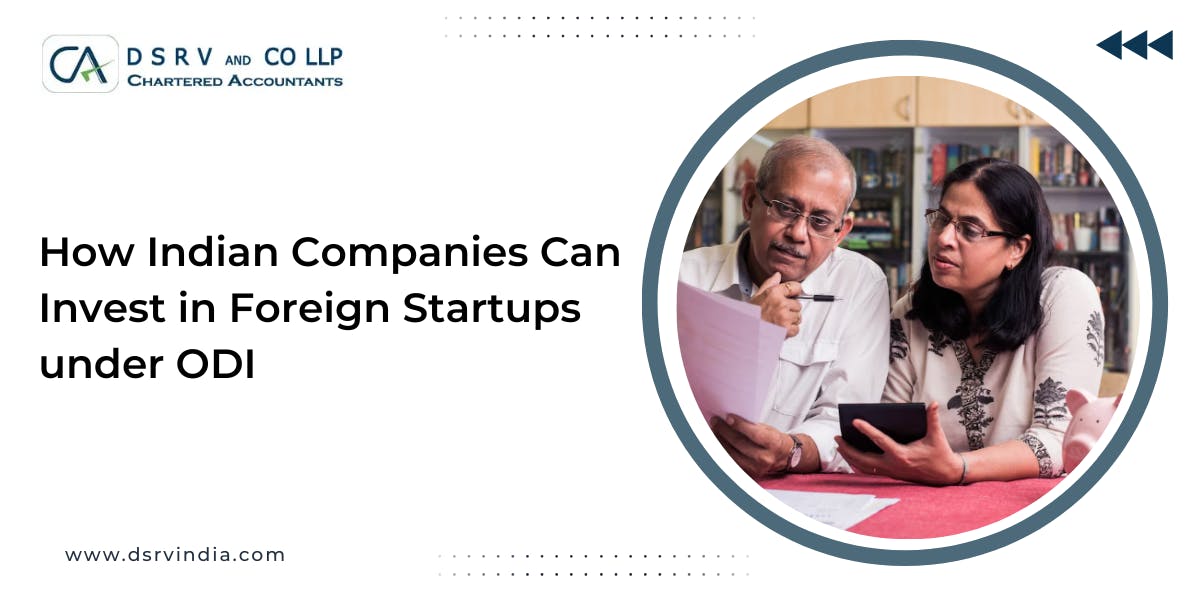Planning to consult chartered accountant firms in Gurgaon for tax filing? Filing income tax returns may sound daunting for residents in a country like India. However, understanding the process helps you make things simpler. So, here, you can learn about the steps involved in filing the tax for residents in India.
Understanding Tax Filing for Residents
Income tax Returns are just forms where residents have to provide information about their yearly earnings and other details. This includes salary, business profit, property or house selling, dividend or capital gains, and even interest received. Each taxpayer must pay the tax as per their earning in one fiscal year. The additional money is returned to you by the ITD. So, before you file the tax, these are the documents you need:
Bank or post office savings account passbook
PPF account passbook
Pay slips
PAN card
Aadhaar Card
Interest certificates from the post office and banks
Form-16 and more
Recommended: Get To Know About A Complete Tax Planning Strategies For Businesses In Gurgaon
Steps to File Income Tax for Residents in India
Filing the tax online is seamless and fast. So, the following steps are involved if you want to file the tax online –
Log into the Portal of Income Tax e-Filing
First, you must go to the official Income tax e-filing website. You can use your PAN as your username to log in. You need to register if you use the portal for the first time. Next, you must give essential details like PAN, full name, date of birth, and contact info. When you finish the registration process, you can log in with your PAN and the password.
Note that the portal uses a system called two-factor authentication. Sometimes, you need to put in an OTP. It is sent to the mobile phone number or email that you registered with.
Read Also: Overseas Direct Investment (ODI) Under FEMA In India - 11 Key Points To Be Considered
Selecting and Filing the Appropriate ITR Form
After you log in, go to the 'Income Tax Return' page. You must ensure that you keep all important papers ready. That may include documents like Form 16, proof of investments, bank records, and TDS details.
Income Tax Return Filing
You can get an understanding of your tax liability or refund once you fill up the required information. You must review the details before submitting the form. The portal generates a number (which you should note down for future).
E-Verifying the Income Tax Return
After you give details, the system will then figure out how much tax you owe or if any refund is due. You must check all information thoroughly before sending the form. The portal creates the acknowledgement number; you must write it down for future reference.
The verification process is done using any of these methods:
Electronic Verification Code generated through bank ATM
You need to visit the ATM and select the option to generate an EVC for income tax filing. The code will be sent to your registered mobile number.
Generate EVC under My Account
It lets you generate an EVC, and it's sent to the registered phone number or email ID.
Aadhaar OTP
You might use the OTP sent to the Aadhaar-linked mobile number if your Aadhaar is linked to the PAN.
Pre-validated Bank Account
Do you have a pre-validated bank account on the portal? You may use it for e-verification.
Pre-validated Demat Account
You can also use the pre-validated demat account for e-verification.
Review the ITR Form Before You Submit It
After e-verification, you need to view the ITR form.
If you have not verified the return digitally, you must send a signed copy to the Central Processing Centre in Bengaluru within 120 days of filing the return.
Lastly, you can track the status of your return simply by logging into the e-filing portal and choosing the option that mentions 'View Returns/Forms'. This shows you the current status, whether it has been processed or if any refund is due.
How to Submit Tax Offline?
You can also file Income Tax Returns offline. To do so, first download the correct ITR form. Then, you must fill out this form and create an XML file from it. After this, you must upload that file on the Income Tax Portal. Lastly, you must first download the Excel or Java utility for ITR filing to e-file.
Filing taxes in India no longer has to be burdensome. With the above details, you can easily and confidently handle your tax responsibilities for the 2024 year. So, whether you choose the online or offline mode, as a taxpayer, you now understand how to file your tax successfully. Remember to keep up with the current tax rules and prepare all your documents.


![A Step-by-Step Guide to Tax Filing for Residents in India [2024] - blog poster](https://images.prismic.io/dsrvindia/ZpDy2x5LeNNTxF4K_AStep-by-StepGuidetoTaxFilingforResidentsinIndia%5B2024%5D.png?auto=format%2Ccompress&rect=0%2C0%2C1200%2C600&w=3840&fit=max)






